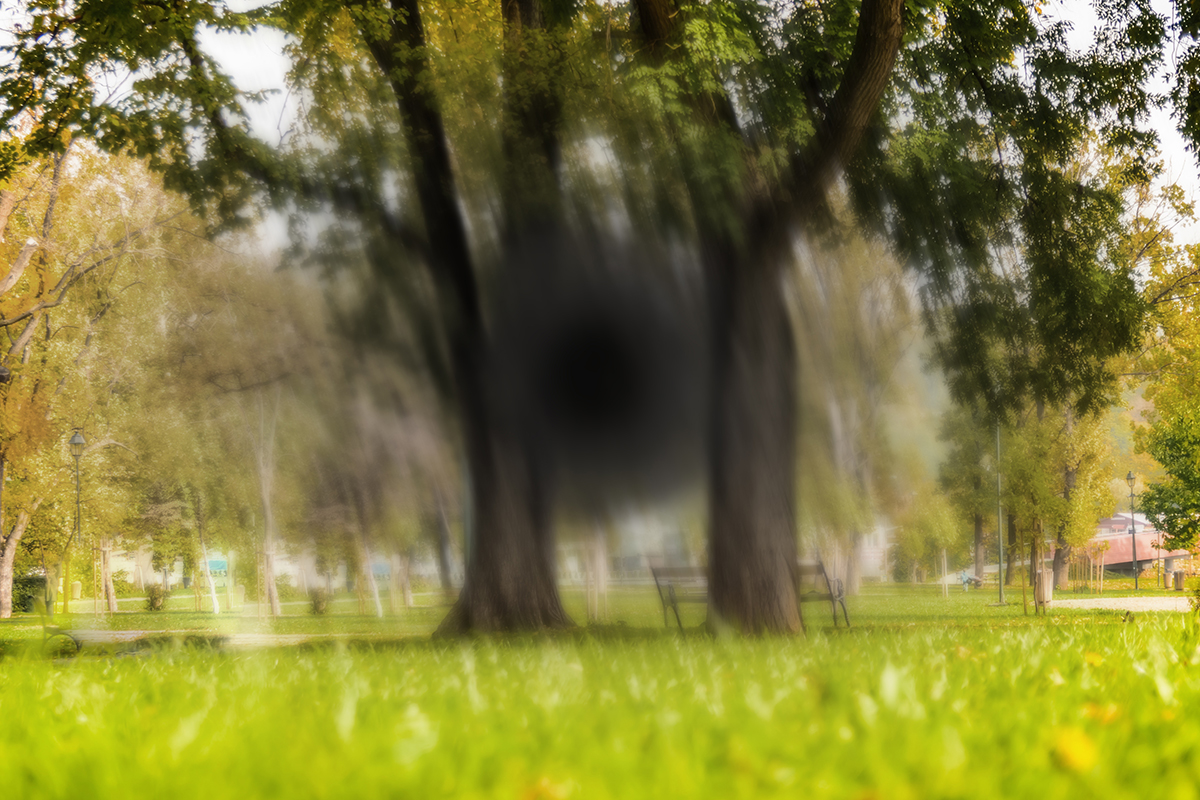How to Live with Low Vision Caused by Macular Degeneration
Submitted by Elman Retina Group on February 4, 2024

February is age-related macular degeneration (AMD) and low vision awareness month. These two eye conditions often coincide. AMD is a progressive disease that affects your central vision, making everyday life challenging, and is one of the leading causes of vision impairment and low vision in older adults. Macular degeneration affects the center of your retina (macula) and steals your ability to see fine details on objects or people standing right in front of you. Our eye doctors at Elman Retina Group explain a new treatment for AMD and offer tips for living with low vision.
Vision loss from AMD is permanent, and that damage may happen quickly (over months) or gradually (over years). The eye disease has two forms: wet and dry. Long-term dry AMD can progress into late-stage geographic atrophy, which causes severe vision loss and impacts driving, reading, and recognizing faces.
New Treatments for Late-Stage AMD (Geographic Atrophy)
Geographic atrophy is secondary to AMD. The U.S. Food & Drug Administration (FDA) approved two treatments for geographic atrophy in 2023: Izervay and Pegcetacoplan. Pegcetacoplan treats geographic atrophy through monthly or bimonthly injections that decrease the growth of lesions in the macula.
Izervay is a C5 inhibitor that targets the source of retinal cell death and provides a statistically meaningful reduction in progression after 12 months. Two Phase III clinical trials (GATHER1 and GATHER2) evaluated the drug’s safety and efficacy in administering 2mg intravitreal of Izervay per month in patients with geographic atrophy caused by AMD. Both trials found Izervay led to a statistically significant decrease in geographic atrophy progression in the treated eyes (up to a 35% reduction in 12 months).
Izervay and Pegcetacoplan offer hope for patients living with the devasting impact of severe and irreversible vision loss caused by AMD.
Tips and Tools for Living with Low Vision
Living with low vision caused by macular degeneration can be challenging, and you must adapt how you move and interact with the world to maintain an independent and active lifestyle. Adapting to low vision focuses on increasing contrast, controlling glare, enlarging printed materials and screen text, organizing your home, and giving your eyes a rest.
Our eye doctors recommend these changes for people with low vision:
- Medications: Use a pill organizer and label your pill bottles with bright-colored tape or rubber bands of various thicknesses to help you identify which bottle contains which medication.
- Brushing Your Teeth: You may not be able to see the toothpaste go on your toothbrush. Try placing the toothpaste on your finger and then on the toothbrush or squeeze the toothpaste directly into your mouth.
- Bathing: Label in large print or use rubber bands to discern which bottle in your shower is your shampoo, conditioner, and soap.
- Phone Numbers: Memorize important phone numbers if possible. You can use a smartphone to call individuals or local emergency departments or write the numbers down in large, bold print on an index card.
- Magnifying Tools: Magnifying devices help you navigate the world around you with low vision. Use these tools and increase the lighting in the room to improve your sight.
- Kitchen Appliances and Cooking: Use tactile markings made with tape or sticky dots to identify the different settings on your microwave, oven, and other appliances. Brightly colored tape, good lighting, and handheld magnifiers may also help. Organize your ingredients and use scissors instead of knives when possible.
- Electrical Plugs: Place two fingers on the wall plate to guide the plug prongs into the socket.
If you struggle with vision loss from AMD, contact our eye doctors at Elman Retina Group to discuss treatment options and lifestyle changes. Schedule an eye exam at our Glen Burnie and Pikesville, Maryland, offices at (410) 686-3000.


